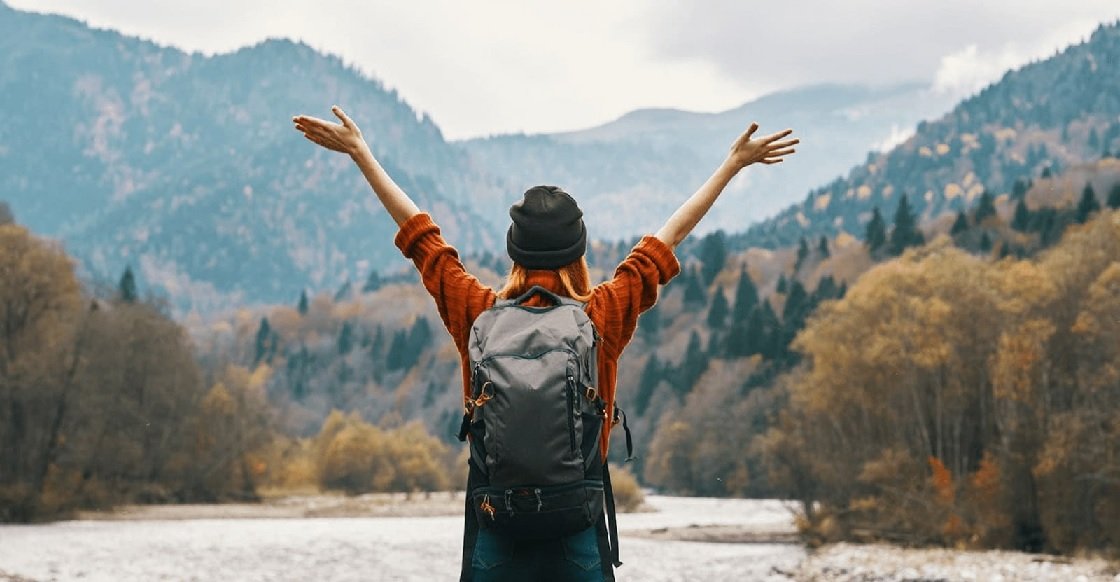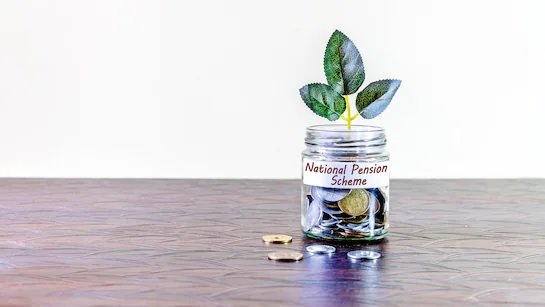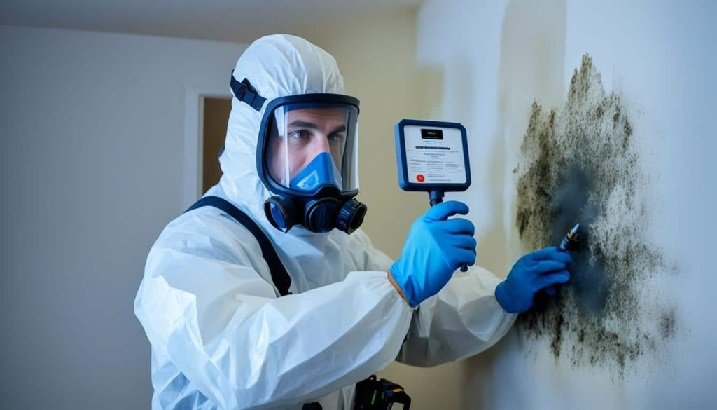The act of SLOW TRAVELLING provides compelling reasons for every traveler to experience it. The deliberate practice known as slow traveling exists as a deliberate method of travel. The journey follows unperturbed paths as its navigational basis. A list of both pros and cons related to this method of travel exists in this summary. During your journey, you can find entertainment through the website https://22bet.com/.
THE DEFINITION
Ilot travelling involves the deliberate method of experiencing travel in a gradual manner. The concept of slow travelling came into existence through the book called ‘Slow Travel – The Art of Travelling’, which Dan Kieran wrote. The approach during slow travelling eliminates standard sightseeing checklists in favor of attaining mindful travel experiences.
The main goal focuses on grasping both the culture and people of a particular country while staying outside traditional tourist areas. Kieran considers changing his perspective as the most crucial aspect of his travel experience. Travelers need to view impressions in alternative perspectives.
The locations for slow traveling remain away from popular urban centers and tend to be situated in distant locations. The concept succeeds when visitors go to conventional holiday locations during times when there are fewer crowds. The authentic experience of ‘travelling’ originates from unknown territories until it reaches untrodden destinations beyond mainstream guidebooks.
FORMS OF SLOW TRAVELING
When it comes to slow traveling, the choice of accommodation makes a difference too. According to the principles of slow traveling, the most important step results from experiencing the adventure of getting there. The main travel methods which support slow travel include train, bus,s and bicycle. Vacation travelers occasionally make religious journeys to their destinations solely to fully experience the travel process through all their body sensations. Transport selection directly influences the sustainable character of slow travelling as a travel method. Most vacationers stay away from airplanes because the flight experience cuts off their experience of arriving at their destination.
Tourists seek environment-friendly lodging options when they search for sustainable accommodation, which includes staying at remote farms or green hotels, or small mountain huts. Travel sustainability depends on individual decisions made by each person exercising this method. The definition of slow traveling has no standardized structure. Just as there are no rules. A foot-based journey for pilgrimage or hiking stands as the top manifestation of slowtravelling.
Advantages and disadvantages of slow travelling
The journey for self-discovery takes place through slow traveling practices. Slow travelling shows tourists the essentials of a trip: adventure, openness to new things and relaxation. Various positive factors characterize slow travelling.
- Travelling between destinations through public transportation and avoiding planes results in sustainable travel. Tourism based on alternative accommodation produces less detrimental environmental impacts compared to traditional hotel resort facilities.
- You purposefully soak up information about the target destinations alongside the cultural aspects and societal elements of the native people.
- Couples who choose remote accommodations will discover ways to experience holidays at lower prices.
- Traveling in this manner offers people an opportunity to relax their minds against the pressures of modern living. People should set aside their mobile phones along with cameras while spending this time. The destination does not benefit from travel guides that force visitors to visit only primary locations first.
- A process of self-exploration exists along with slow traveling. When people follow their daily routines, their minds function automatically, but they can fully grasp new experiences when engaging with such adventures.
OTHER TIPS
Multiple types 2 plastic containers produce substantial waste. A drinking bottle inside your luggage eliminates this problem.
A glass bottle that uses snap-on caps makes an excellent choice. The weight of these bottles proves to be quite heavy. People who travel commonly use plastic bottles as their preferred choice. Stainless steel bottles serve as an excellent middle ground because they resist damage well.
Our best water bottle list includes the top models manufactured from glass and plastic, and stainless steel.
Upon reaching your destination, you should refill your water bottle at the available drinking water sources. The people throughout Europe enjoy the opportunity to drink their local tap water without any risks.
Drinking tap water or collecting water from nature at particular sites exposes you to severe bacterial infections, together with chemical exposure and hormonal contamination, and viral infections. Using a reliable water filtration system will be beneficial under such circumstances.
Water filtration devices must be selected depending on the nature of contaminants present. The market contains numerous bacterial filtration systems that do not capture viruses. Specialist shops provide the best advice for selecting appropriate products.
Read Our More Blogs..











